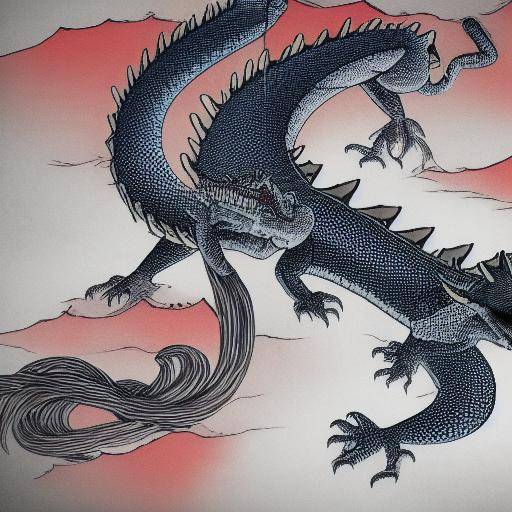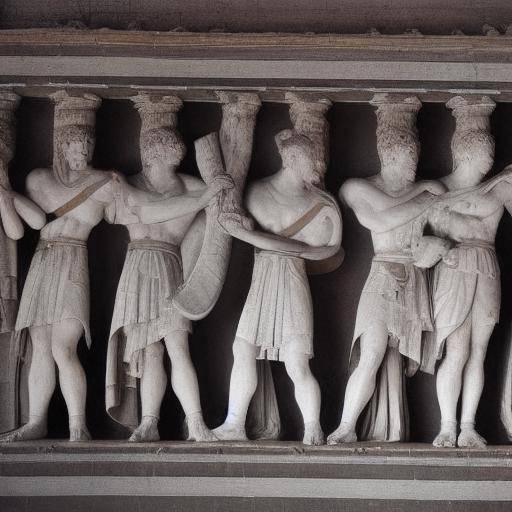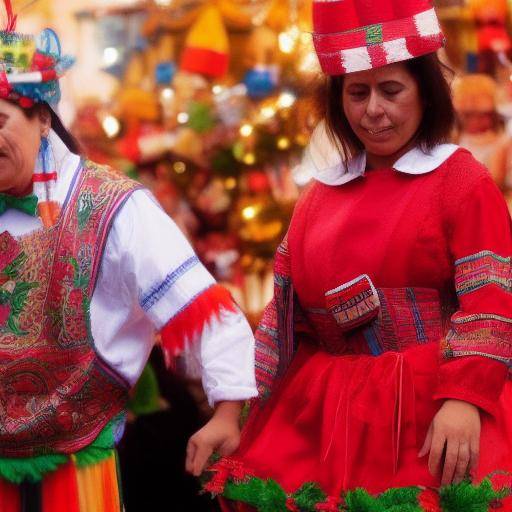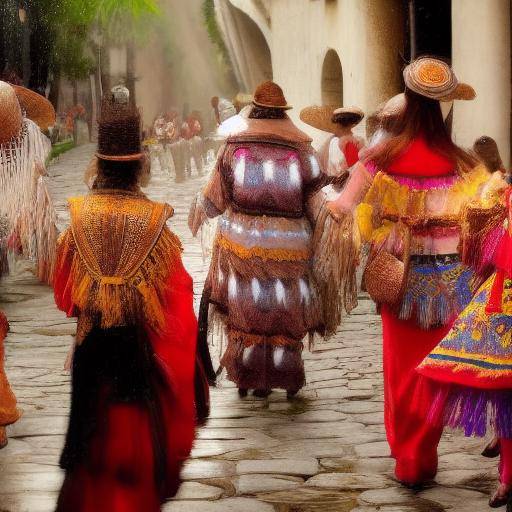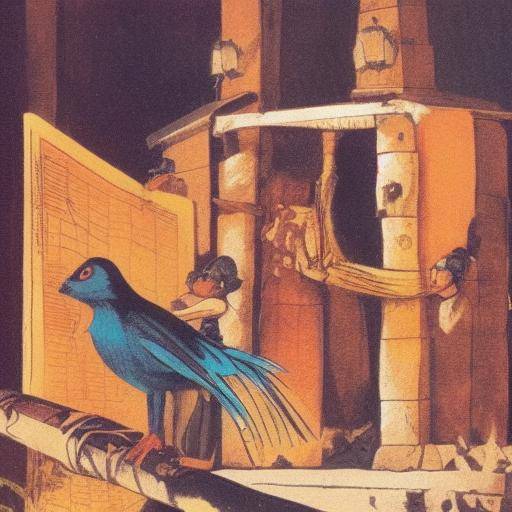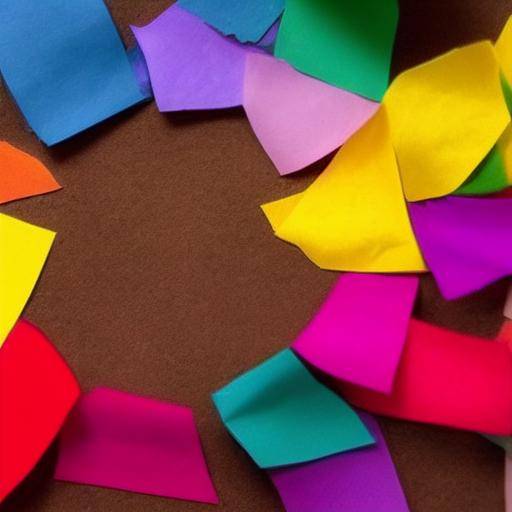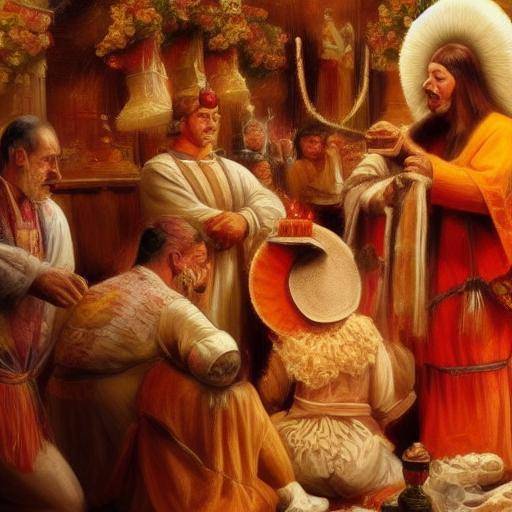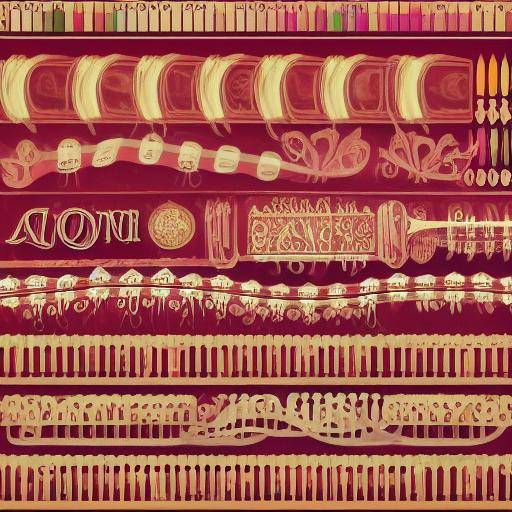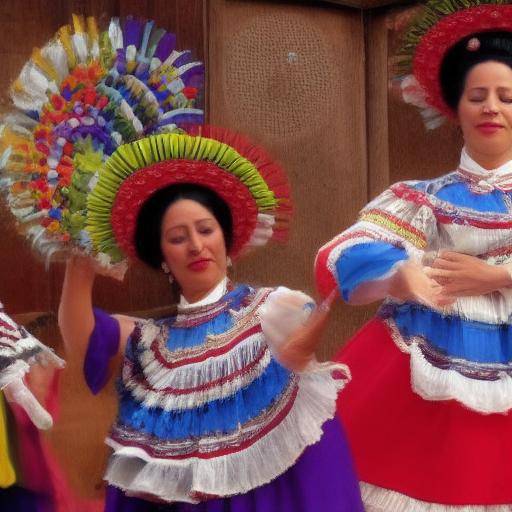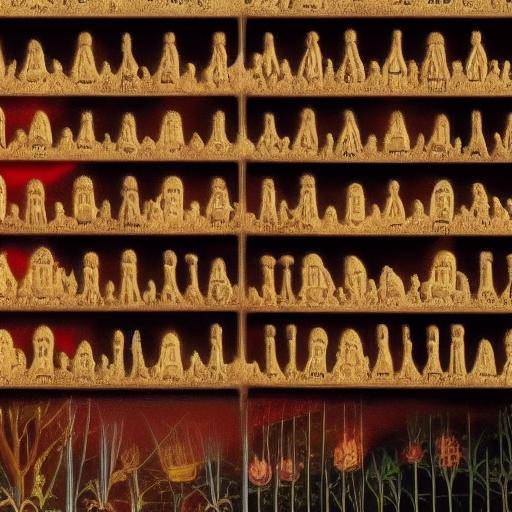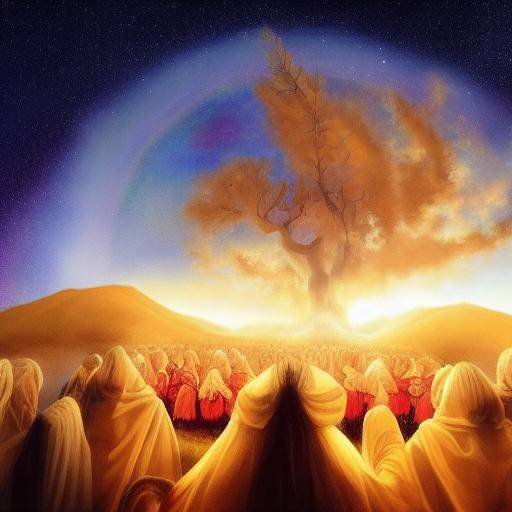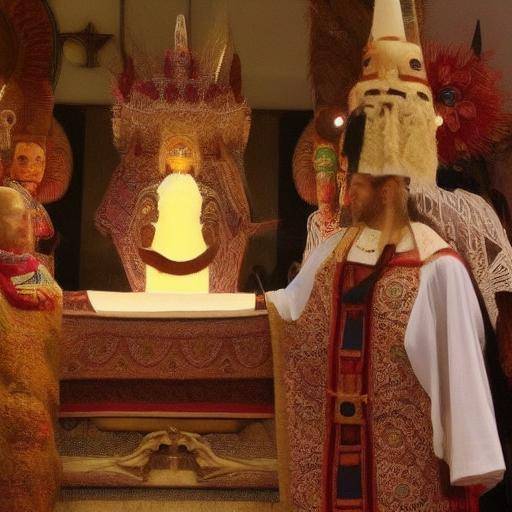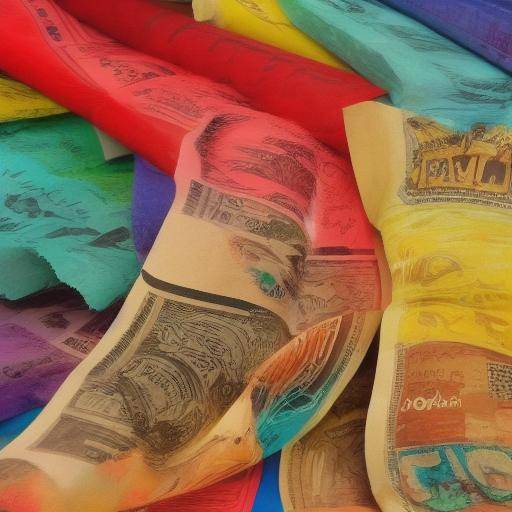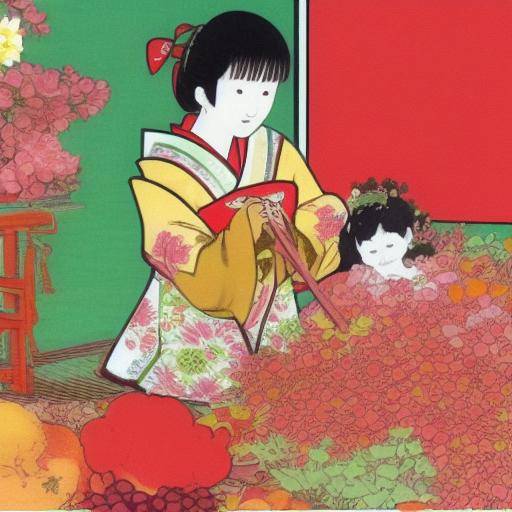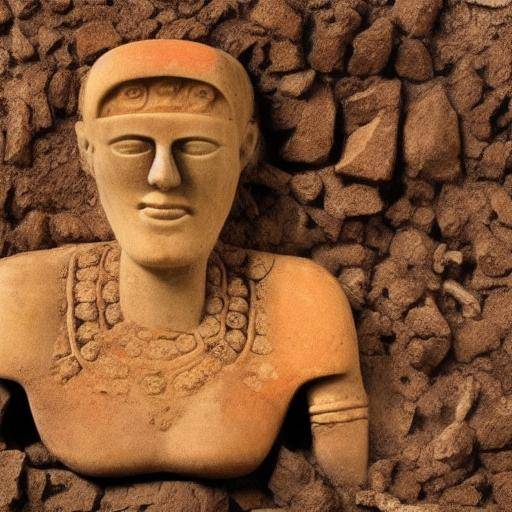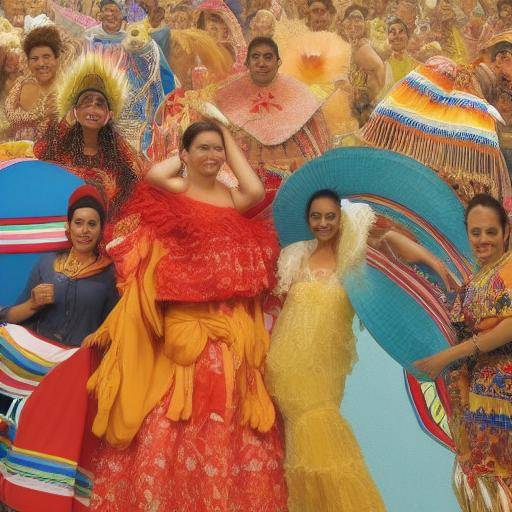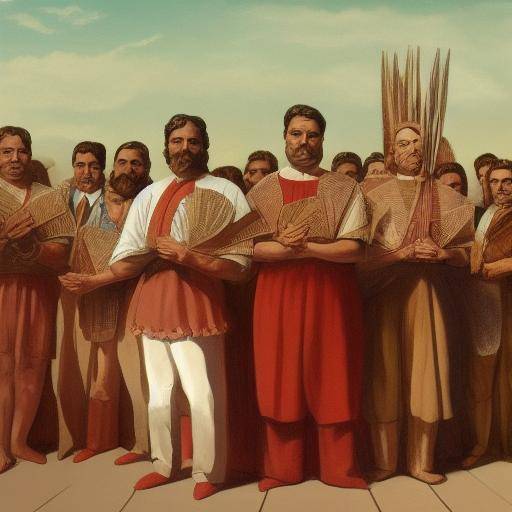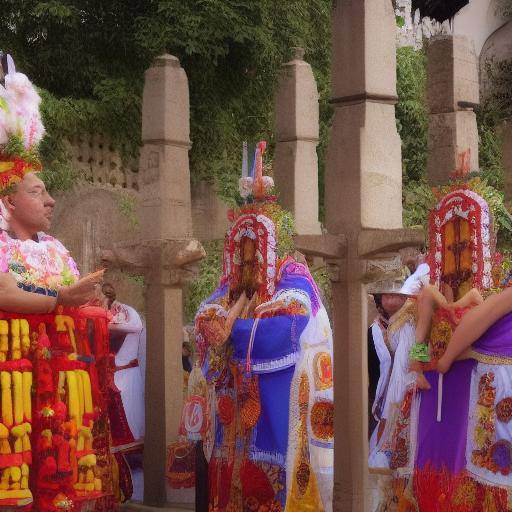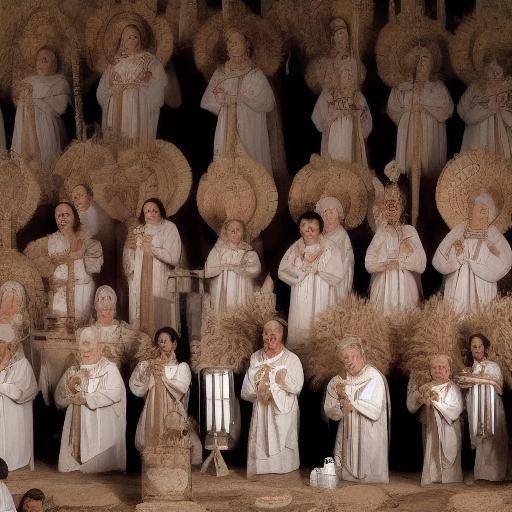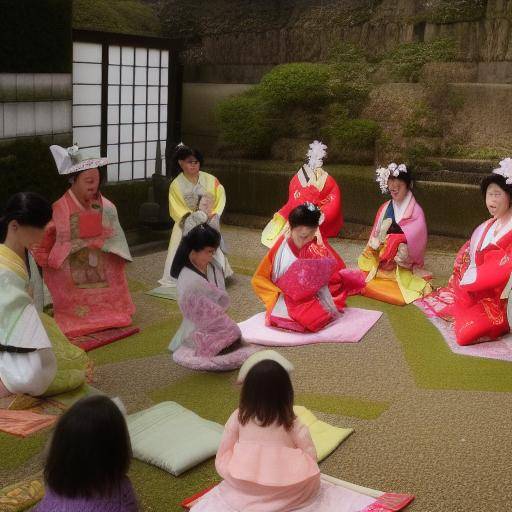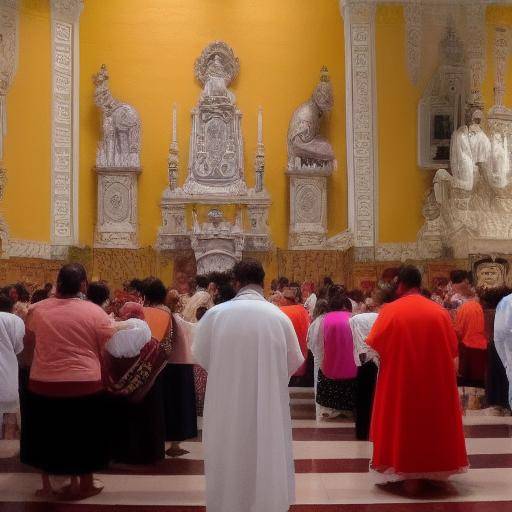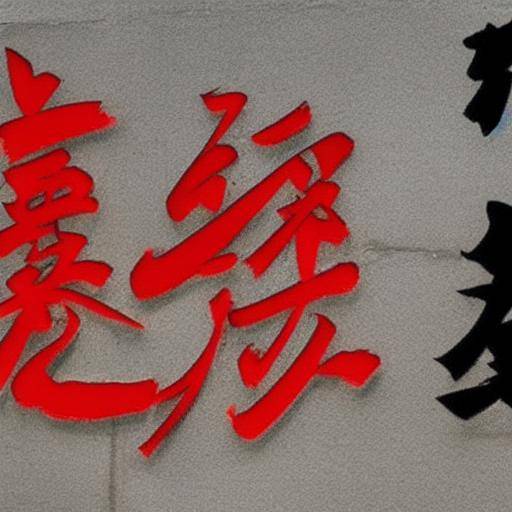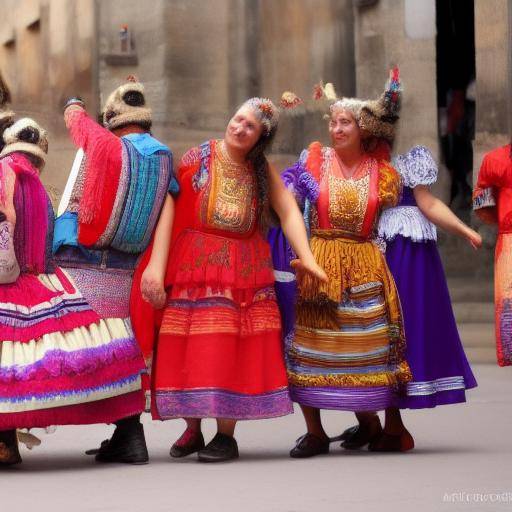
Introduction
Superstitions have been an integral part of the culture of various peoples throughout history. These beliefs, often related to symbols or signs, have influenced people's decisions and actions. In this article, we will explore in detail the meaning of symbols in superstitions, their importance in different cultures, and how they have evolved over time. We will discover how these symbols influence our lives, whether consciously or unconsciously, and provide an in-depth insight into these aspects of human culture.
History and Background
The superstitions, rooted in the history of humanity, go back to ancient times. Since ancient times, humans have sought hidden meanings behind a variety of symbols and have linked them to everyday life events. The study of superstition reveals its presence in all cultures, with significant variations in symbols and their interpretations.
In ancient Greece, for example, the vulture was considered an augury of death, while in Chinese culture, the phoenix represented rebirth. In the European medieval period, the black cat became associated with bad luck. These are just examples of how symbols have been interpreted differently throughout history and in different parts of the world.
Analysis in Deep
Superstitions have resisted the test of time and have continued to exert a significant influence on modern society. Currently, superstitious symbols can affect from simple daily decisions to events of capital importance. Fear of number 13, for example, persists in Western culture and influences the perception of fortune and destiny. In addition, in the era of globalization, interaction between different cultures has led to the diffusion and adaptation of superstitions, showing their ability to evolve over time.
Comprehensive review
The study of symbols in superstitions covers various spheres of life, from the way decisions are made to the influence on cultural and social events. Superstitions have also found their way in the area of marketing and advertising, where specific symbols are used to influence consumer perceptions and behaviors. This contemporary application of superstitious symbols has generated a constantly evolving field of study.
Comparative analysis
Compare and contrast superstitious symbols in different cultures reveal the diversity of meanings and the wealth of interpretations. While the four-leaf clover is associated with good luck in many Western cultures, the number 8 is considered auspicious in Chinese culture. Understanding these differences is crucial for intercultural dialogue in an increasingly interconnected world.
Practical Tips and Accessible Tips
Although superstitions are often perceived as irrational, understanding their influence can provide valuable knowledge in individual and collective contexts. Recognizing superstitious symbols and understanding their impact can be useful in decision-making, as well as in designing effective marketing strategies.
Industry Perspectives and Expert Reviews
Experts in various disciplines, from anthropology to psychology, offer a wide range of perspectives on the meaning of symbols in superstitions. These views provide a comprehensive framework to address the influence of symbols on current society and offer ideas on how they can evolve in the future.
Case Studies and Applications in Real Life
The application of superstitious symbols in everyday life is evident in a variety of scenarios. From the influence on consumer behavior to their role in the individual perception of destiny, superstitious symbolisms have demonstrated their impact on a wide range of contexts. Studying concrete cases allows us to better understand how superstitious symbols influence decision-making and the perception of the world around us.
Future Trends and Predictions
The field of superstitions and symbols is constantly evolving, and understanding current trends allows us to glimpse what the future holds. As cultures continue to interact and evolve, we are likely to see greater diffusion and adaptation of superstitious symbols, as well as a change in perceptions and interpretation of these symbols.
Conclusions
The meaning of symbols in superstitions is a deeply rooted theme in human history and culture. Over the centuries, superstitious symbols have influenced decision-making, the perception of the world and the way people interact with their environment. Understanding the importance of these symbols gives us a unique perspective on cultural diversity and the complexity of human beliefs.
Frequently asked questions
Why do superstitious symbols vary so much between cultures?
Superstitious symbols reflect the beliefs and values embedded in each specific culture, leading to different interpretations and meanings. Differences in history, geography and life experiences contribute to the diversity of superstitious symbols around the world.
How do superstitious symbols affect decision-making?
Superstitious symbols can influence people's decision-making, either consciously or subconsciously. This can be manifested in the choice of lottery numbers, the purchase of real estate or even in commercial decisions.
What impact do superstitious symbols have on marketing?
In the field of marketing, superstitious symbols are often used to influence consumer perceptions and purchase decisions. Understanding the influence of these symbols can be crucial for the design of effective strategies.
Why do certain superstitious symbols persist over time?
The persistence of certain superstitious symbols over the centuries can be attributed to the strength of tradition, cultural transmission and resistance to change. These symbols are often rooted in the collective psyche and maintain their influence through generations.
Has the impact of superstitious symbols on human psychology been scientifically studied?
Yes, many scientific studies have explored how superstitious symbols influence human psychology, from individual behavior to decision-making. These studies often reveal the presence of cognitive biases and the power of suggestion in relation to superstitious symbols.
How can we mitigate the influence of superstitious symbols on our lives?
Recognizing the influence of superstitious symbols and understanding how they affect our perceptions and decisions is the first step in mitigating their impact. Education, critical reflection and exposure to different perspectives are useful tools to address the influence of superstitious symbols in our daily lives.
Conclusion
The study of the meaning of symbols in superstitions invites us to explore the cultural wealth, the complexity of human beliefs and the influence of symbols on the decision-making and perception of the world around us. These symbols, rooted in history and culture, continue to exert their influence in modern society, and to understand their meaning gives us a unique perspective on the diversity and complexity of human beliefs.
With this article, we hope to have provided an in-depth view of the topic, revealing both its historical importance and its contemporary relevance in global society. While symbols in superstitions can vary widely from one culture to another, their impact on daily life is a universal manifestation of the influence of beliefs rooted in the human psyche.
By understanding the meaning of symbols in superstitions, we can appreciate cultural diversity, explore the depths of human psychology and reflect on the influence of tradition in our decision-making. The world of superstitious symbols is fascinating and complex, and its study gives us a unique window to the wealth of human experience throughout history.
We hope that this article has enriched your understanding of symbols in superstitions and provided you with a deeper view of their meaning. As we explore the vast and diverse world of human beliefs, we hope that your journey of discovery and understanding will continue on this fascinating theme. Thank you for reading us!



